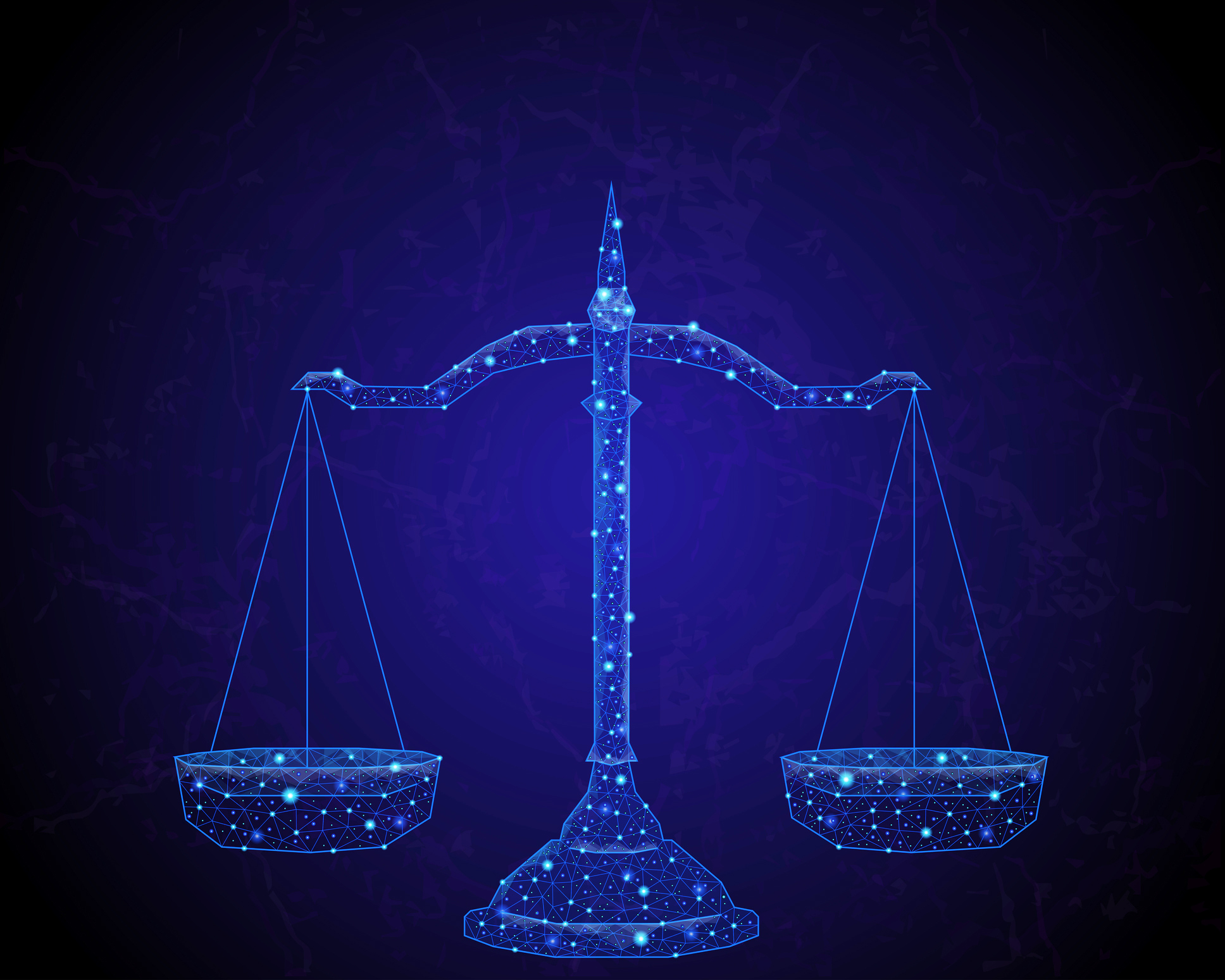ABSTRACT
“Space: The Final Frontier…” In this famous quote of Captain Kirk from the Star Trek Series (1966-1969) one can see reflections of what the future of space would look like. Since the launch of Sputnik 1 by the USSR in 1957, space capabilities have advanced significantly. The first rocket launch in India occurred in 1963, and ISRO has since developed into one of the world’s most advanced space agencies. With the advancement in space technology, the law that regulates space and activities carried out in outer space and other celestial bodies must also be developed. Several treaties, such as the Outer Space Treaty (1967), Liability Convention (1972), and more, have been drafted. Despite ratification, India has yet to adopt a thorough space strategy that addresses every facet of these treaties. Numerous problems have surfaced as a result of the space industry’s expansion and development. Though India has some rules in place like the Satellite Communication Policy and now the newly introduced Indian Space Policy, there is still a dearth of active legislation that deals with emerging issues in this sector. In this context, this paper aims to make a case for the development of domestic space legislation. This is done by analyzing existing space regulations in the country while also studying cases of the UK and the USA in space legislation. Finally, this paper draws on conclusions and lessons that India can incorporate while formulating its own space law.
Keywords: Space Law, Indian Space Law, Indian Space Policy 2023, International Space Law
INTRODUCTION
In 1957, the USSR launched Sputnik 1, the first satellite ever. It signaled the start of the “Space Race” and later served as the primary impetus behind the creation of international space regulations. Sputnik 1’s successful launch validated space travel, which had previously just been a pipe dream for those on Earth. In this period, both the USSR and the US were making every effort to lead the way in space exploration, and the competition between the two countries, which each sought to surpass the other, produced wonders in the field. In order to ensure that future developments in space would only be used for peaceful and scientific purposes, the US approached the UN in the years 1957–1958. As a result, in 1957, the General Assembly of the UN adopted Resolution 1148 (XII), which was the first UN resolution on space. The main focus of the Resolution was on disarmament since at this time, the UN had to safeguard global peace. The UN used the words “exclusively for peaceful purposes” in this resolution for the first time.
India has always been at the forefront of space policies and law, especially the Outer Space Treaty. India was one of the main proponents of UNGA Res. 1472 (XIV), which established the UN Committee on the Peaceful Uses of Outer Space (UNCOPUOS).
On December 11, 1961, a resolution for “International cooperation in the peaceful uses of space” was supported by India and its allies. Notably, the Non-Aligned Movement (NAM) was already in existence. India was a founding member, and Jawaharlal Nehru, its prime minister, was a strong proponent of the unification of newly independent nations in a bipolar world. As a result, India was able to negotiate the International Space Law without being influenced by the US or the USSR.
Internationally as well, there have been many concerted efforts to bring about a policy regime aimed at regulating space ventures, especially considering the onboarding of private players in this sector. This, coupled with the growing militarisation of space as well as future resource mining activities, makes it necessary for countries to have domestic legislations in consonance with the international law.
INTERNATIONAL TREATIES ON SPACE LAW
After the first venture into space by the then USSR and consequently the first step taken by man on Moon, what became pertinent was having certain laws or regulations in place. The UN created a number of agreements, treaties, resolutions, declarations, etc. that further evolved into international space law in response to the rising tensions between the US and the USSR about technological and scientific advancement in outer space.
The International Law on Outer Space has been condensed into five instruments by the UN through the General Assembly Committed on the Peaceful Uses of Outer Space (COPUOS).
Click Here To Download The Paper


📌Analysis of Bills and Acts
📌 Summary of Reports from Government Agencies
📌 Analysis of Election Manifestos

